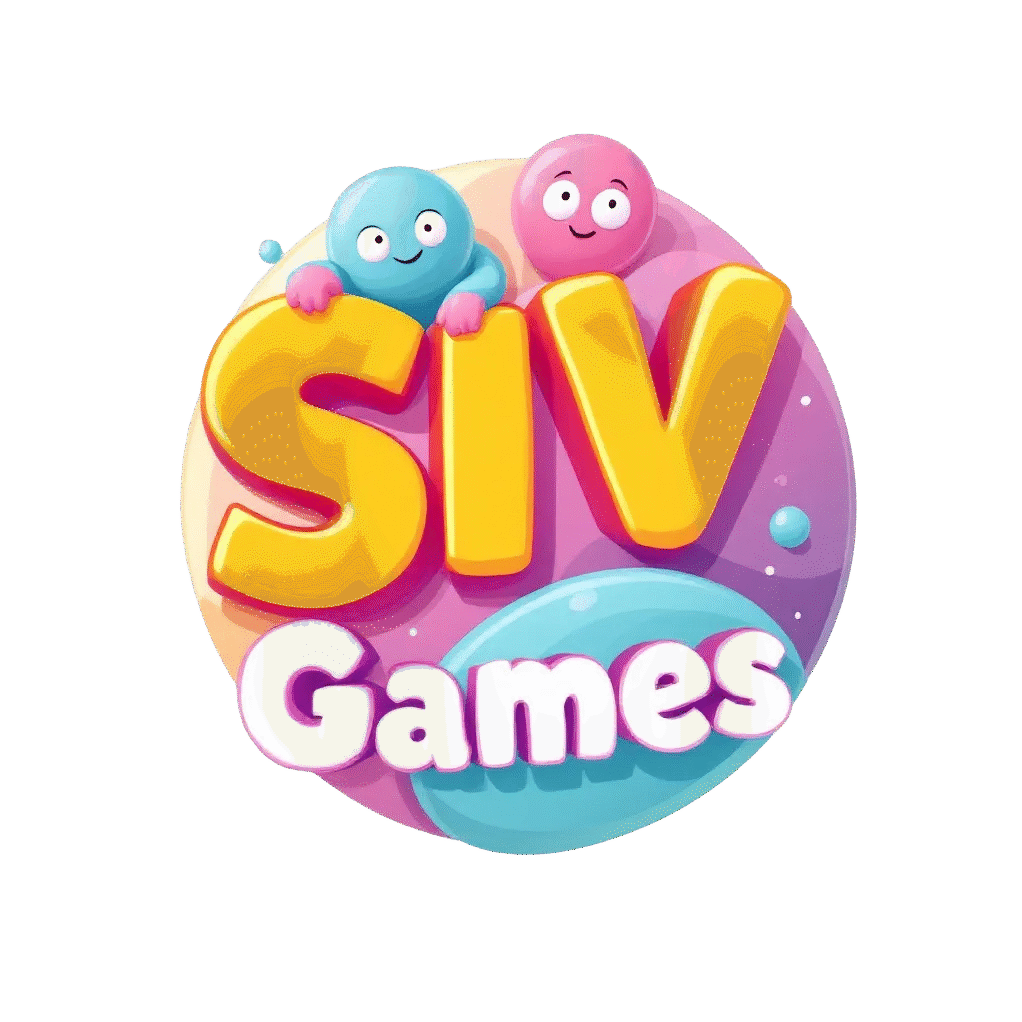## The Future Is Now: Game Development Trends Shaping 2025
The video game industry has always thrived on innovation, pushing technological and creative boundaries year after year. As 2025 unfolds, developers are navigating a rapidly evolving landscape powered by advanced AI, hybrid monetization models, decentralization, and immersive design experiences. In this article, we explore the most impactful game development trends of 2025, from tools and technologies to design philosophies and industry shifts that will define the next generation of gaming.
—
### 1. Generative AI Becomes a Core Development Tool
2025 marks the mainstream integration of generative AI tools into nearly every aspect of game development. Platforms like Inworld AI, Scenario, and Unity Muse are enabling devs to:
– Generate dynamic dialogue and NPC behavior in real time
– Create high-fidelity assets and textures procedurally
– Automate quality assurance (QA) through AI-driven bug detection
AI is replacing repetitive workflows, allowing studios to reallocate resources into innovation and polish. However, ethical frameworks and human oversight remain essential, especially as AI-generated content reshapes storytelling mechanics.
—
### 2. Cross-Platform Development Gets Smarter
With cloud gaming finally achieving mainstream viability thanks to low-latency 6G trials and broader adoption of WebGL 2.0, developers are focusing on building true cross-platform titles. Engines like Unreal Engine 5.4 and Unity 2025 now include optimized interfaces for fast deployment across PC, console, mobile, and browser.
Auto-scaling UIs, asset optimization tools, and adaptive gameplay systems that modify difficulty and visuals per device are now standard practice, reducing friction and widening potential audiences.
—
### 3. Real-Time Multiplayer and Persistent Worlds Go Mainstream
Fueled by 2025’s robust edge computing architecture, real-time multiplayer experiences with persistent worlds — once exclusive to AAA — are now viable for indie studios through services like:
– Amazon GameLift NEXT
– PlayFab Realms
– Photon Quantum
These platforms offer scalable, server-side game logic with minimal latency. Expect more massive online experiences where player choices leave permanent imprints on evolving virtual ecosystems.
—
### 4. Blockchain Integration Finds Its Place
After years of skepticism and over-promises, 2025 showcases a more pragmatic use of blockchain in games. The focus has shifted from speculative “play-to-earn” models to utility-driven features, such as:
– Provably scarce cosmetic items and collectibles
– Cross-game compatibility via tokenized metadata
– Transparent community governance through DAOs (Decentralized Autonomous Organizations)
Studios like Mythical Games and Horizon are leading by example, integrating blockchain infrastructure in the background — enhancing experiences without alienating traditional players.
—
### 5. Accessibility and Inclusion Are Built-In, Not Bolted On
Games in 2025 are being built from day one with inclusivity in mind. Design frameworks are expanding to support:
– Modular difficulty and cognitive load options
– Voice navigation and haptic feedback for visually impaired players
– AI-powered language localization, including regional dialects and cultural norms
This shift isn’t just ethical — it’s strategic. A recent Unity report found that games with comprehensive accessibility features see up to 30% higher retention in global markets.
—
### 6. Hyper-Immersive Audio & Spatial Design
The rise of spatial audio engines like Dolby Atmos for Games and NVIDIA Omniverse Audio2Face is enabling hyper-immersive sound design.
In 2025, audio is treated with as much importance as graphics. Real-time adaptations based on player location and interaction give players an unparalleled sense of presence, which is particularly essential in VR and AR titles gaining traction thanks to Apple Vision Pro 2 and Meta Quest 4.
—
### 7. Player-Generated Content (PGC) and Co-Creation Tools
Major studios now release built-in toolsets allowing players to modify, remix, and redistribute game experiences. Roblox, Fortnite UEFN, and Dreams paved the way, but 2025 has seen high-profile titles like Minecraft Legends and Elden Ring adopt PGC features.
New collaborative creation platforms with UE5 support are allowing:
– Integrated version control for mod teams
– AI-assisted level creation
– Monetized user content via marketplace plug-ins
This has reshaped community engagement strategies and creates sustainable ecosystems beyond launch.
—
### 8. Smarter Monetization Models That Respect Players
With regulation on loot boxes and gambling mechanics tightening globally (notably in the EU and Australia), developers are pivoting. Key trends include:
– Transparent battle passes with guaranteed value
– Cosmetic-only microtransactions
– Subscriptions with curated rewards (e.g., Ubisoft+ Retro Pass)
Studios are leaning into ethical monetization, balancing studio profitability with player trust. The most successful games in 2025 build monetization into the core experience without compromising gameplay integrity.
—
### Wrapping Up: The Road Ahead
The tools and technologies available in 2025 have democratized game development, but competition and player expectations have never been higher. Studios that succeed will be those who embrace these trends not as passing fads, but as foundational pillars for superior game experiences.
By investing in inclusive design, intelligent automation, player agency, and ethical monetization, game developers can future-proof their pipelines and captivate ever-evolving audiences well into the next decade.
Whether you’re running a AAA studio or a solo dev team, these trends should guide your priorities through 2025 and beyond. As the industry continues its rapid evolution, staying at the forefront means staying informed—and agile.

